Is the image of the Human Resources department in your mind still associated with accumulated paperwork, tracking attendance records, and calculating annual leave? If the answer is yes, it's time to update that image. The era when the HR department was merely an administrative center is over, and a new era has begun where this department is the analytical mind and strategic partner at the heart of the organization.
In today's business world, competition is no longer limited to product quality or supply chain efficiency; it now revolves primarily around human talent. Organizations don't just sell products; they sell the creativity, innovation, and expertise of their employees. This raises a pivotal question: How can the vast amount of employee data—from performance reviews to vacation requests—be transformed from silent numbers in files into actionable insights that drive growth?
The answer lies in the shift towards Human Capital Management (HCM) powered by smart analytics. This approach is the bridge that connects yesterday's data with tomorrow's strategic decisions. Through advanced systems like DocSuite HCM, numbers are transformed into interactive dashboards, and reports become a compass that guides organizational leaders toward smarter decisions regarding the development and motivation of their most valuable asset of all: human capital.
The Conceptual Shift: From "Employee Management" to "Human Capital Management"
To understand the magnitude of the change in the role of HR, we must first distinguish between two fundamental concepts: traditional "employee management" and modern "human capital management." The difference may seem subtle at first, but at its core, it represents a paradigm shift in the entire philosophy of work.
Traditional Employee Management focused primarily on the procedural and contractual aspects of employment. Its role was limited to being reactive; it dealt with tasks as they arose, such as advertising a vacancy, processing a leave request, or resolving a dispute between employees. In this model, the employee is viewed as a "resource" to be utilized to perform specific tasks in exchange for a salary.
Human Capital Management (HCM), on the other hand, views employees as "investment assets" owned by the company. This concept focuses not only on what the employee does today but also on their potential future value. The knowledge, skills, experience, and innovative capacity of employees collectively constitute "capital" that can be cultivated to generate profits and sustainable growth for the organization. For this reason, Human Capital Management is proactive; it does not wait for problems to arise to solve them but seeks to analyze data to anticipate future needs, plan career development paths, and build a work environment that retains and attracts the best talent.
But why has this shift happened now?
The reason is simple: the rules of the game have changed. In today's knowledge economy, machines and buildings are no longer the most valuable assets; rather, it is the ideas and innovations that come from human minds. Global competition has intensified, and talent retention has become one of the biggest challenges facing companies. Leaders have realized that losing a distinguished employee does not just mean needing to hire a replacement; it means losing knowledge, experience, and problem-solving abilities that may have taken years to build. From here, the urgent need arose for a new approach that does not just manage employees, but intelligently invests in and develops human capital.
Smart Analytics: The New Engine for HR Decisions
If Human Capital Management is the new philosophy, then Analytics is the powerful engine that transforms this philosophy into a tangible reality. Without the ability to measure, analyze, and interpret data, the idea of "human capital" remains merely a theoretical concept. This is where HR Intelligence comes in.
Simply put, HR intelligence is the application of Business Intelligence (BI) techniques to employee data. Instead of this data being trapped in complex spreadsheets or separate systems, it is collected and analyzed to uncover patterns, trends, and insights that cannot be seen with the naked eye.
So, how does this system actually work? The process can be summarized in three main steps:
1. Data Aggregation: Smart systems automatically pull data from all relevant sources within the organization. This includes the payroll system, attendance records, performance evaluations, job satisfaction surveys, leave requests, and even training and development data. All these threads are gathered into a single, centralized data warehouse.
2. Processing & Analysis: After the data is collected, smart algorithms get to work. They analyze the links between different variables, such as looking for a relationship between a lack of training and a high employee turnover rate in a specific department, or analyzing the impact of implementing a new incentive system on team productivity.
3. Visualization: This is the step that transforms complex numbers into easily digestible knowledge. The analysis results are presented in the form of interactive Dashboards. These dashboards display clear graphs, colorful Key Performance Indicators (KPIs), and vital metrics that are updated in real-time, allowing a manager to make informed decisions with the click of a button.
This is where the pivotal role of platforms like DocSuite HCM comes to the forefront. They are not designed just to manage data, but to analyze it. The platform automates this entire process; it collects and processes the data, then presents it to managers and decision-makers in ready-made, customizable analytical dashboards. Instead of an HR manager spending weeks preparing a report on employee turnover, they can now get a comprehensive and deep analysis in seconds, identifying the root causes of the problem. This gives them the time to focus on what matters most: developing a strategy for the solution.
Key Performance Indicators (KPIs) That Made a Difference
With the analytical engine in place, HR reports are no longer just archival documents printed at the end of each quarter; they have become a live compass that guides the organization's strategies on a daily basis. Smart systems like DocSuite HCM have turned numbers into an understandable language. Below are some of the most important KPIs that are now available to managers and how they have changed the way decisions are made:
Measuring and Analyzing Job Performance
-
The Traditional Approach: Performance evaluation was a routine process conducted once a year, often subjective in nature, and based on the manager's memory and general impressions.
-
The Smart Analytical Approach: Modern systems provide a comprehensive and continuous view of performance. The goals of each employee can now be directly linked to the department's and the company's overall objectives. Dashboards display progress toward these goals in real-time, allowing for the identification of high-performing employees for recognition, while also monitoring employees who may need support or additional training before their performance significantly declines. The decision here no longer waits for the end of the year but is made in a timely manner.
Employee Turnover Rates
-
The Traditional Approach: The HR department would provide a single number: "This year's employee turnover rate is 15%." This number tells you what happened, but it doesn't tell you the most important thing: why it happened.
-
The Smart Analytical Approach: Smart analytics delve deeper than just a number. The system can now answer vital questions such as:
-
Why are employees leaving? Is the direct manager the cause? Is it a lack of development opportunities in a particular department? Or is the salary package uncompetitive?
-
When do they leave? Do most employees leave within the first six months? This could indicate a problem with the recruitment and onboarding process.
-
Who is leaving? Is the company losing its best talent and top performers? This is the most dangerous signal of all. Based on these precise insights, the organization can build talent retention strategies specifically designed to address the true root causes, rather than launching generic solutions that may miss the mark.
-
Engagement and Job Satisfaction Indicators
-
The Traditional Approach: Job satisfaction measurements were conducted via long paper surveys that were manually analyzed weeks later, causing them to lose their immediate relevance.
-
The Smart Analytical Approach: Platforms like DocSuite HCM make the process of measuring job engagement easy, fast, and effective. Short, targeted surveys (Pulse Surveys) can be launched and their results analyzed instantly. The analysis is not limited to survey results alone but links them to other metrics such as rates of unexplained absenteeism or the extent of employee participation in internal activities and training programs. This interconnected data provides a true picture of the employee's connection and loyalty to the organization. An engaged employee is not just a happy employee; they are a brand ambassador and a source of productivity and innovation.
Conclusion: The Future is Today - HR as a Strategic Leader
We have completely turned the page on the era when the HR department was merely an executor of administrative policies. As we have seen, the shift toward smart analytics is no longer a technical luxury but has become a strategic necessity for survival and growth in a highly competitive work environment. Modern Human Capital Management, armed with smart analytics tools, has redefined its role, moving from the observer's seat to the leader's seat at the decision-making table.
By leveraging integrated platforms like DocSuite HCM, organizations are now able to transform their silent data into an ongoing strategic dialogue. A dialogue that reveals strengths in performance, warns of talent turnover risks, and measures the pulse of commitment and job satisfaction with a precision that was not possible before.
The call to action for business leaders and HR managers today is clear: it is time to stop looking at smart analytics systems as just an "operational cost" and start seeing them as a "strategic investment" in the most valuable and important asset any company possesses: its people. Investing in understanding, motivating, and developing human capital is the most profitable long-term investment.
And the future looks even brighter. With upcoming advancements in artificial intelligence, we will soon see systems capable of predicting the likelihood of an employee leaving before they even think about it, or automatically suggesting customized career development paths for each individual. The journey of transformation has begun, and the organizations that embrace this analytical mindset today are the ones that will lead the markets of tomorrow.
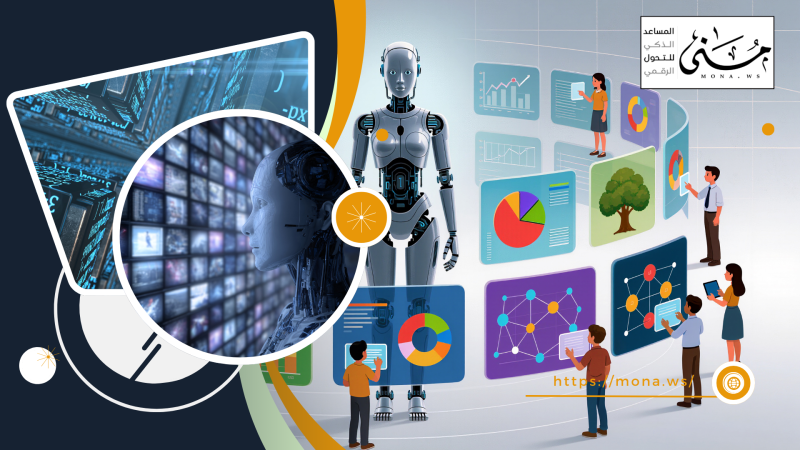
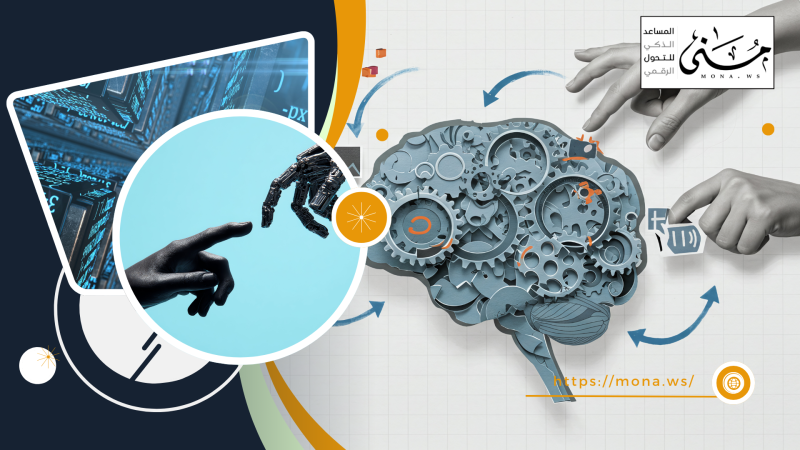

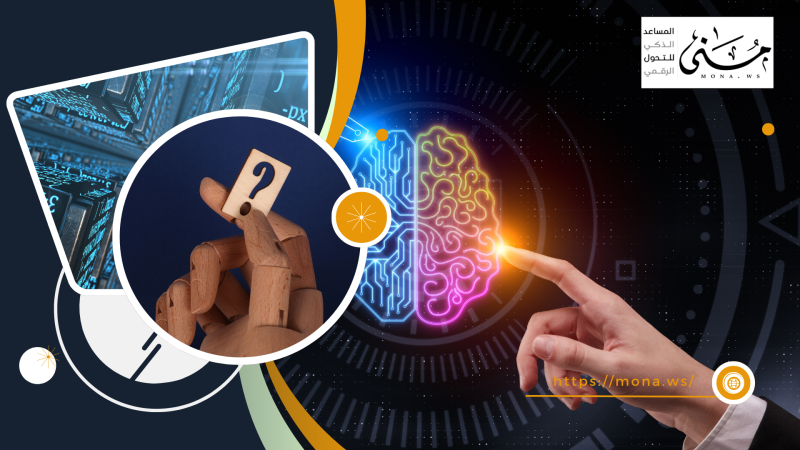
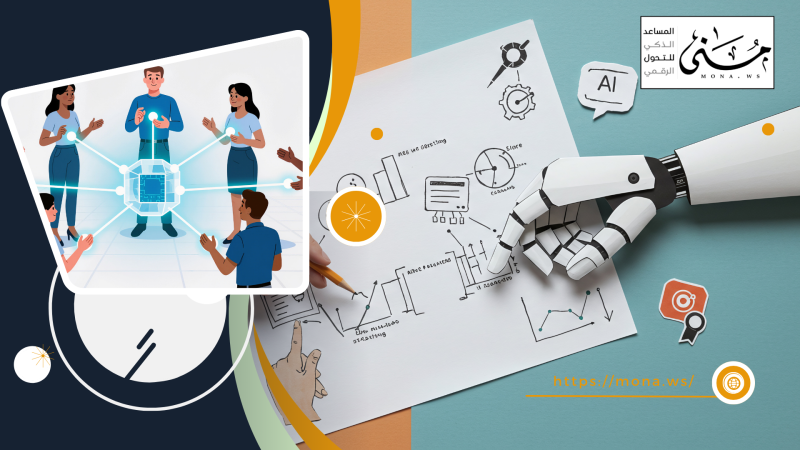
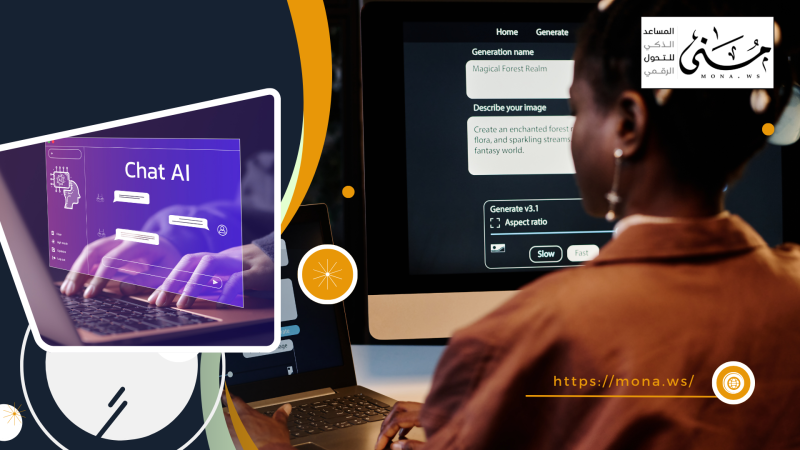
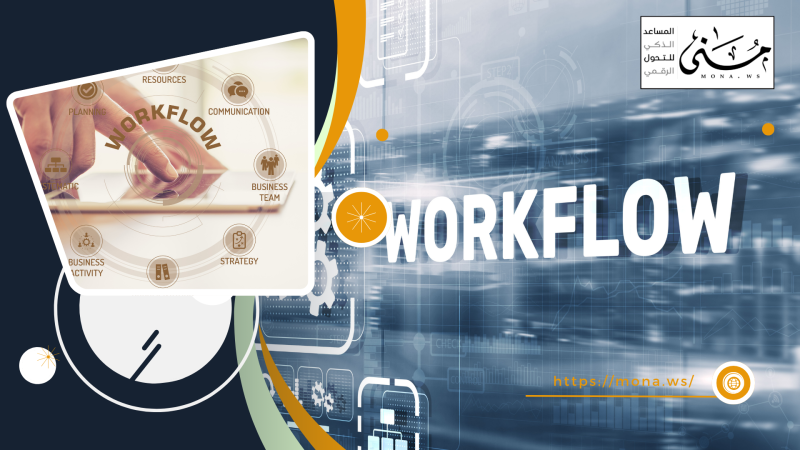

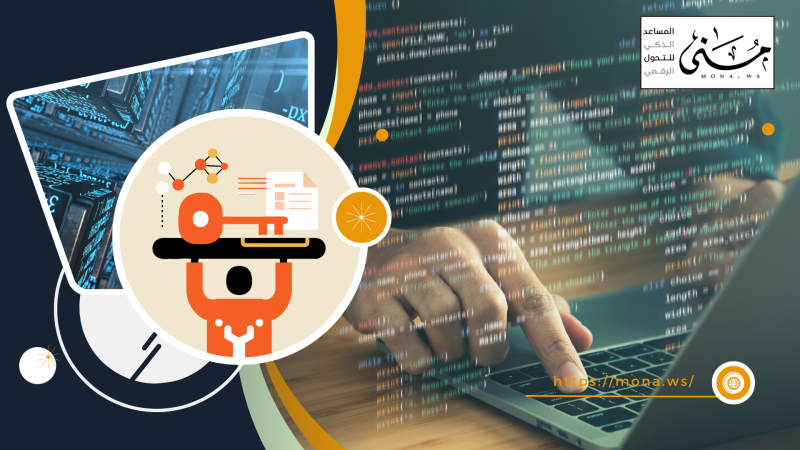
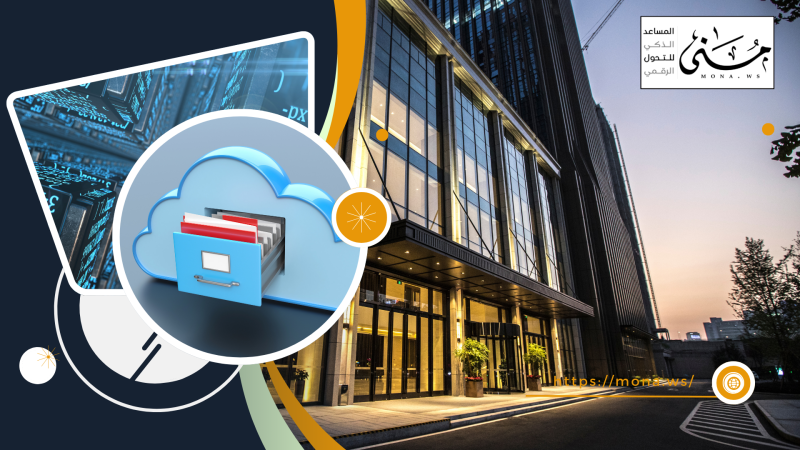
Comments
Add New Comment